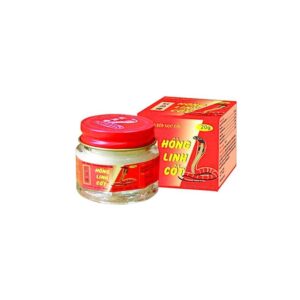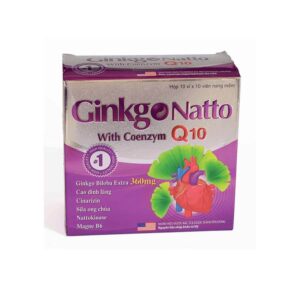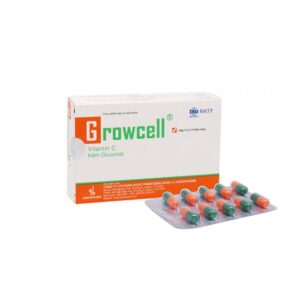Gout is a form of arthritis that causes pain and swelling in the joints. This type of disease initially affects only one joint, often occurs with the big toe, especially easy to appear in people with too much uric acid in the blood. The following article will answer all the questions related to this disease.
1. What is Gout?
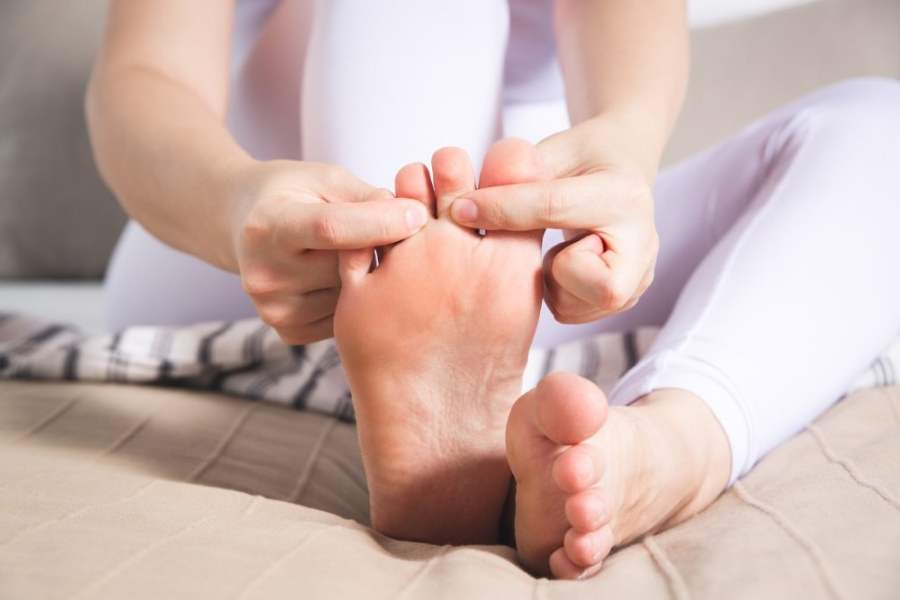
Gout occurs in people who have too much uric acid in their blood. Uric acid is a chemical produced when the body breaks down food. MThis acid has the potential to form needle-like iron crystals that accumulate and cause pain in the joints. In addition, these uric acids also have the ability to form inside the tubes that carry urine from the kidneys to the bladder. From there, it easily turns into “kidney stones” and causes diseases related to urine flow.
2. What symptoms does Gout include?
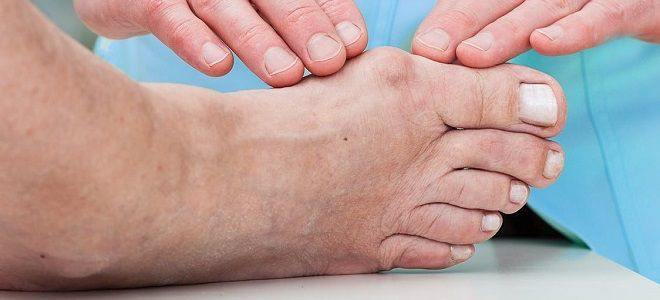
People with gout often have sudden, severe pain, often with the big toe, ankle, or knee. Usually the joint turns red and swollen at this point. The attacks tend to occur and flare up at night rather than during the day. Usually only one joint is affected, but many people experience pain in several different joints.
It can be said that the pain that gout brings is extremely severe, especially in the beginning of the outbreak. However, these symptoms will lead to signs of remission within a few days or weeks after which the mechanism is unknown.
3. Can I get tested for Gout?
Gout is testable. To check if you have gout, your doctor will take a sample of fluid from your painful joint. If uric acid crystals are found in the joint fluid, then you have gout.
In the absence of joint fluid testing, your doctor may still suspect you have gout if:
– You have pain and swelling in only one joint, especially the joint in the big toe
– Your symptoms completely disappear between flare-ups, especially when you first start having pain.
– When you have a blood test, it is found that you have high uric acid levels.
4. How to treat Gout?
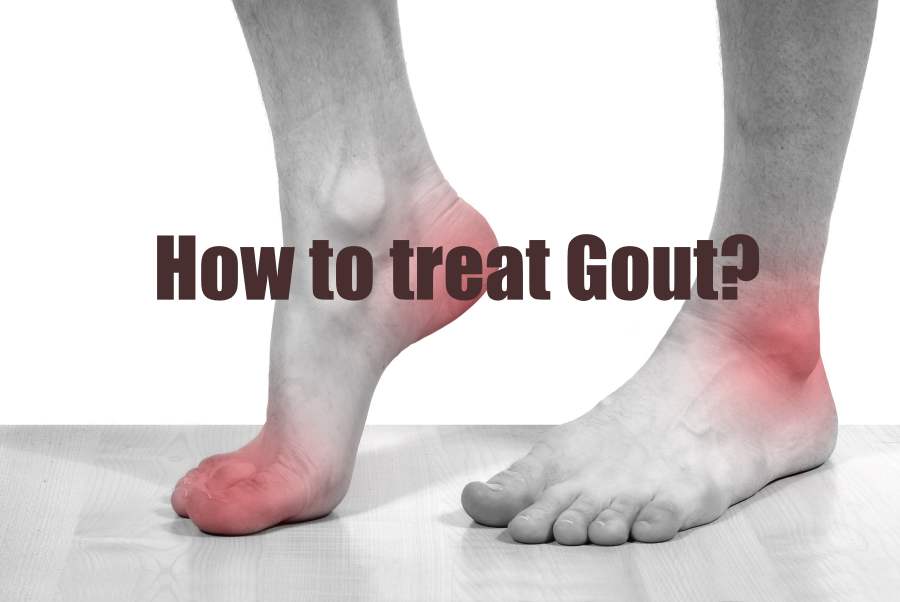
There are a number of medications that can be used to reduce pain and swelling caused by gout. You can take it as soon as you feel the pain start to flare up, because gout medicine works best if you take it as soon as symptoms start.
Some common medications commonly used to treat gout include:
– Colchicine: This medication helps treat gout, but it can also cause diarrhea, nausea, vomiting, and stomach pain.
– NSAIDs: This is a large group of drugs that include ibuprofen (brand names: Advil, Motrin) and indomethacin (brand names: Indocin). LNSAIDs may not be safe for people with kidney or liver disease or those with bleeding problems or heart disease.
– Steroids: Steroids can reduce swelling and pain. Steroids can be taken as a pill or as an injection. Long-term, high-dose steroid use can cause complications such as osteoporosis, fat storage in specific areas, muscle atrophy, etc.
– However, patients still need to consult a qualified doctor and carefully weigh the effects and risks of the drugs.
5. How to Prevent Gout
One of the ways to help reduce gout is to lose weight. This makes sense for someone who is overweight, you’ll need a proper diet to improve your overall health, and you’ll also reduce your risk of gout.
A healthy diet is defined as one that includes plenty of fruits, vegetables, whole grains, and low-fat dairy products. In particular, you need to drink a lot of water and not get dehydrated for a long time. Besides, it is also necessary to limit drinks such as alcohol, beer, sugary drinks to avoid more severe disease.
Good supplement for treating gout:
Read more our articles:
Drinks you should and shouldn’t drink at night
10 natural ways to increase the “Happy Hormone” Dopamine.
Things to know about your liver
3 simple tips to make honey for sore throat at home






